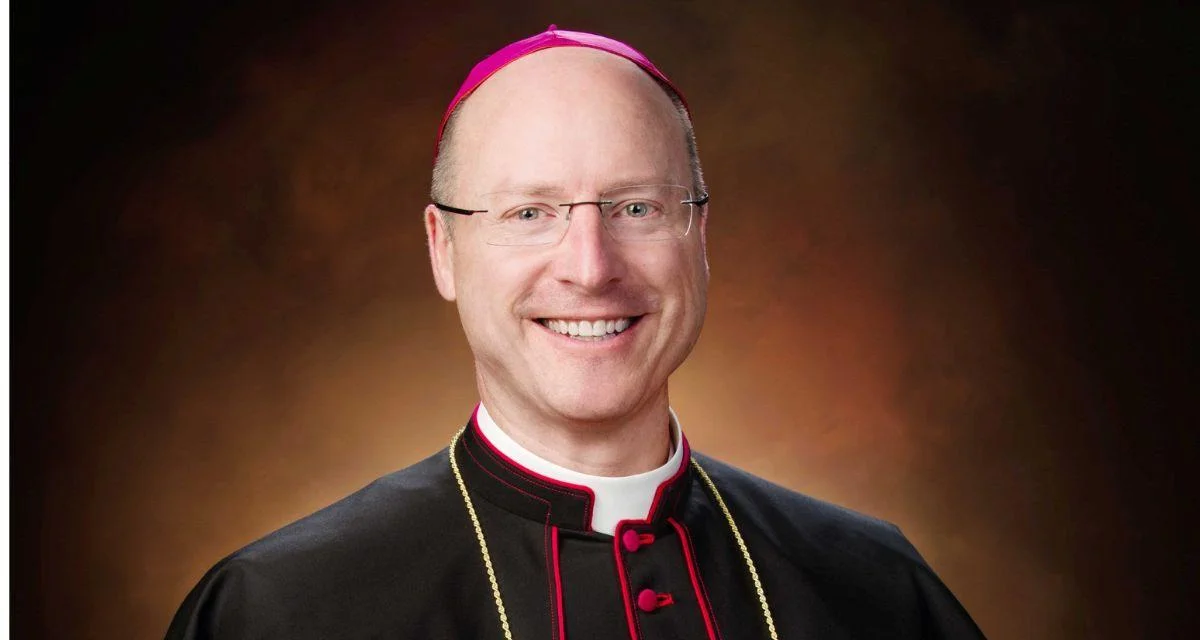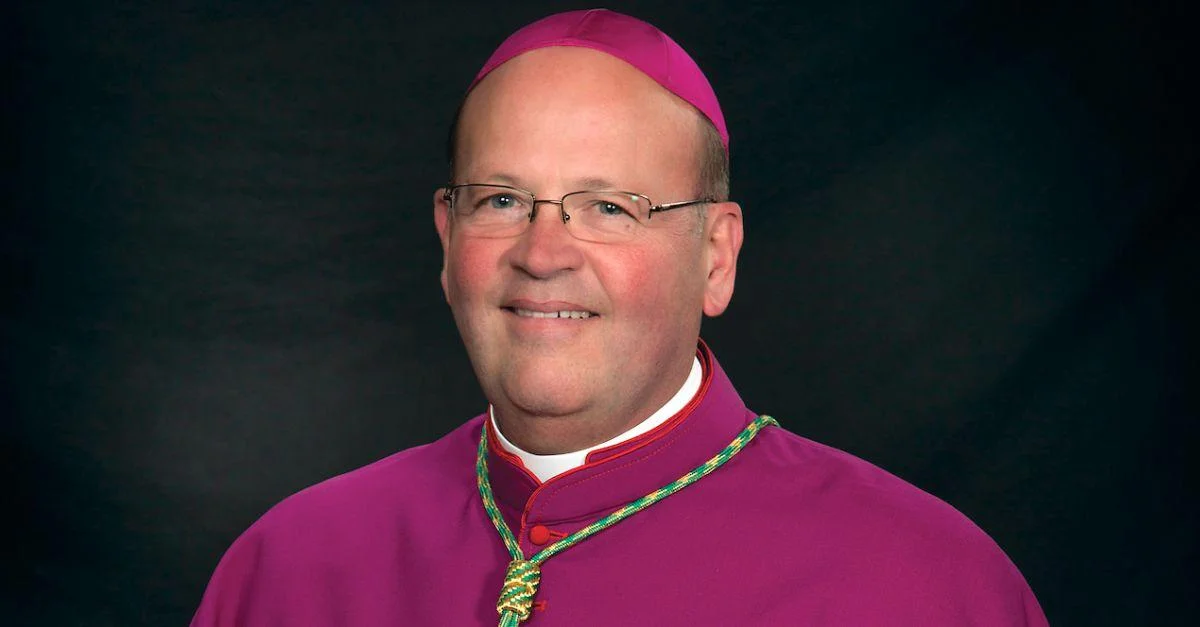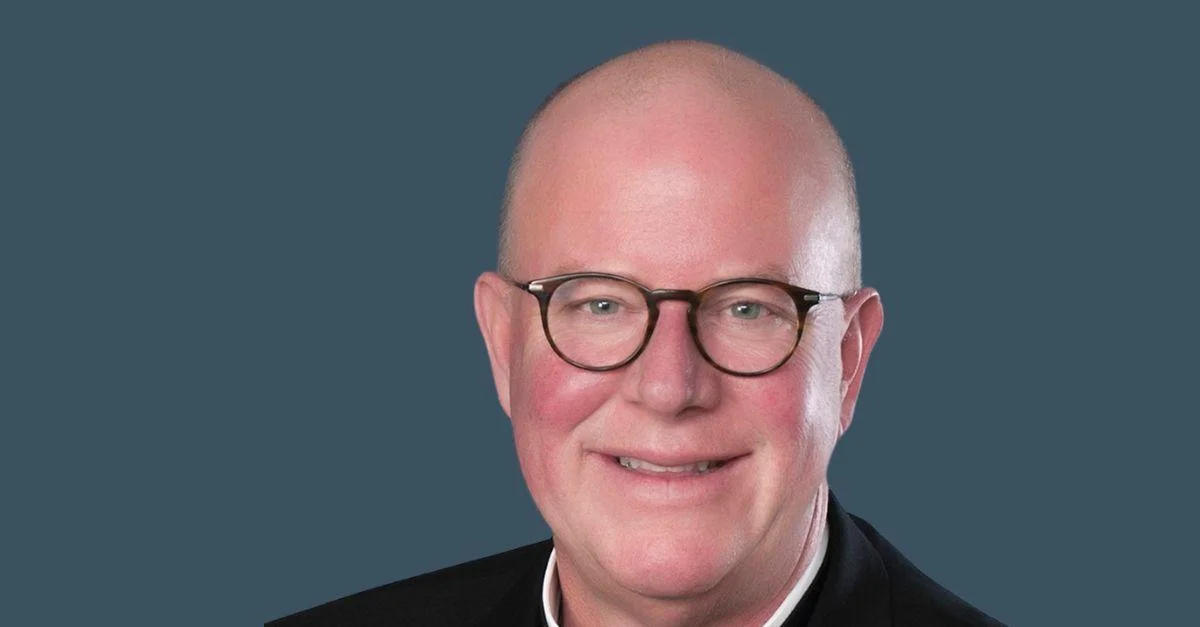
Cardinal Timothy Dolan of the Archdiocese of New York | archny.org
A Catholic Pilgrimage provides an opportunity for some to investigate the spiritual foundations of the Holy Land.
“Once you visit the Holy Land, you never hear the Gospels the same way,” Cardinal Timothy Dolan of the Archdiocese of New York said in a Feb. 12 Twitter post. “Today in my homily, I reflect on Jesus's Sermon on the Mount.”
Dolan recently returned from his pilgrimage, which included a variety of actions of faith, such as going on a prayer journey; accompanying the impoverished, oppressed and refugees through difficult times; and visiting holy locations.
“A pilgrimage to the Holy Land is a special time of spiritual journey for Christians,” the U.S. Conference of Catholic Bishops (USCCB) said in a release. “It is a time when we recommit ourselves to living a Christian life as a life of pilgrimage.”
Many American Catholics believe that visiting the Holy Land is a particularly meaningful way to connect with Jesus' birthplace, preaching, healing, suffering, death and resurrection, the release added.
The U.S. bishops, in collaboration with the Holy See and the Church in the Holy Land, aimed to create an authentic pilgrimage experience for Catholics visiting the Holy Land; the Holy Land Trust website said. The Catholic Pilgrimage offered a chance to investigate the spiritual foundations of the Holy Land, including how geography, history and culture have influenced people's perceptions of it and their theological beliefs.
For centuries, Christians have been making pilgrimages to the Holy Land, visiting well-known sites such as the Basilica of the Annunciation and the Church of the Holy Sepulchre, a recent report from the National Catholic Register said. But even with this long-standing familiarity of the place where Christ lived and served on earth, new Christian pilgrimage sites are still being discovered in Israel, with the aim of eventually opening them to the public.
Archaeologists in Jerusalem are excavating an ancient path thought to have been walked by Christ, the Register said. The route was created during the Roman administration of Jerusalem and runs from the Pool of Siloam to the Temple Mount. Before traveling to the Temple to offer sacrifices, Jews would have entered the city around the pool to purify themselves. Small businesses dotted the area, most likely selling animals for sacrifice.
Although parts of the Pool of Siloam—which was built by King Hezekiah in 2,700 B.C. and found in June 2004—have been excavated, the pilgrims' road up to the Temple Mount is fully underground, the Register said. A section of the road near the start is now open to tourists, although excavations are still ongoing. Approximately 165 feet of the more than 2,500-foot-long roadway remains undiscovered, and the process is slow and costly. Archaeologists expect excavation to continue for at least another year, but the hope is that pilgrims will soon be able to walk the entire distance from the Pool of Siloam to the Temple Mount, just as Jews did 2,000 years ago.





 Alerts Sign-up
Alerts Sign-up